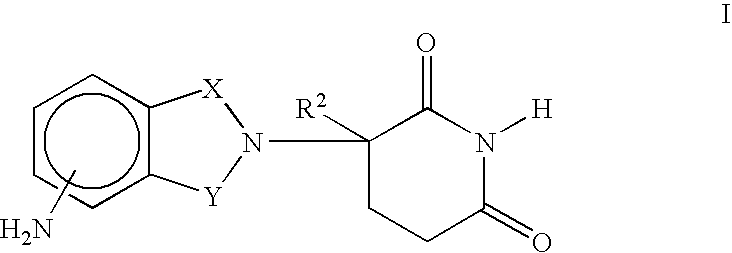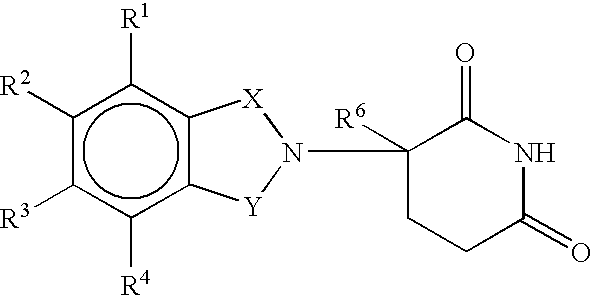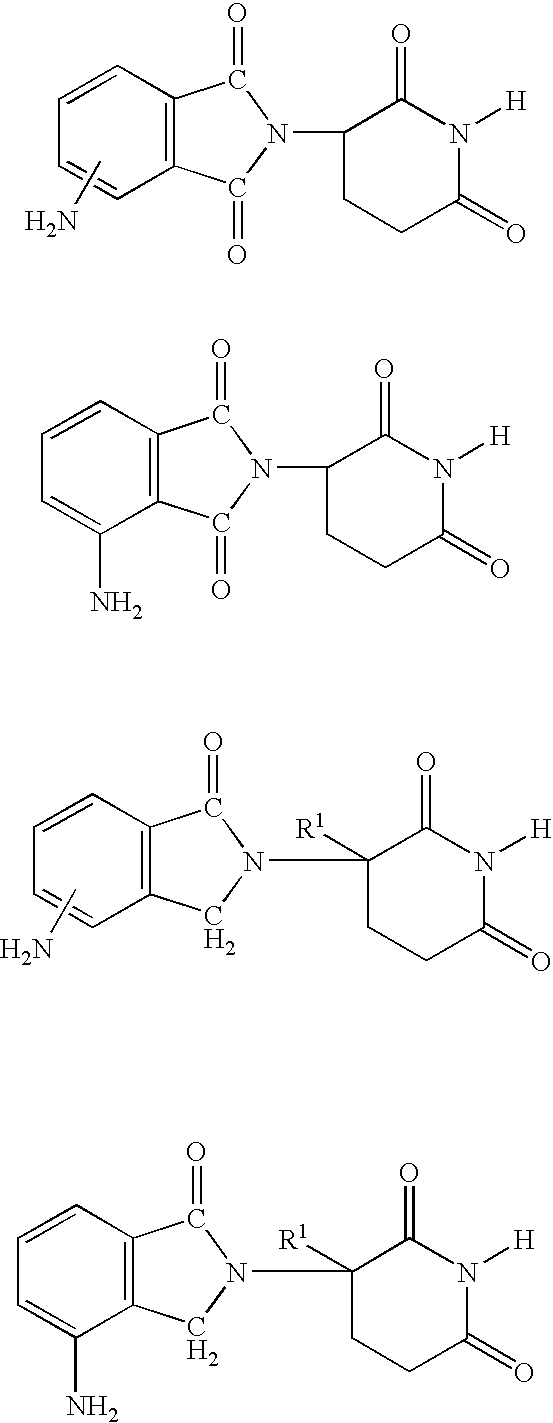Repair of tympanic membrane using placenta derived collagen biofabric
a biofabric and tympanic membrane technology, applied in the field of tympanic membrane repair, can solve the problems of infected or bloody drainage from the ear, interference with the transmission and perception of sound, and relatively high failure ra
- Summary
- Abstract
- Description
- Claims
- Application Information
AI Technical Summary
Benefits of technology
Problems solved by technology
Method used
Image
Examples
example 1
5.1 Example 1
Method of Making Collagen Biofabric
[0249] Materials
[0250] The following materials were used in preparation of the collagen biofabric.
Materials / Equipment
[0251] Copy of Delivery Record [0252] Copy of Material / Family Health History / Informed Consent [0253] Source Bar Code Label (Donor ID number) [0254] Collection # (A sequential number is assigned to incoming material) [0255] Tissue Processing Record (Document ID #ANT-19F); a detailed record of processing of each lot number is maintained [0256] Human Placenta (less than 48 hours old at the start of processing) [0257] Sterile Surgical Clamps / Hemostats [0258] Sterile Scissors [0259] Sterile Scalpels [0260] Sterile Steri-Wipes [0261] Sterile Cell Scraper (Nalgene NUNC Int. R0896) [0262] Sterile Gauze (non-sterile PSS 4416, sterilized) [0263] Sterile Rinsing Stainless Steel Trays [0264] Disinfected Processing Stainless Steel Trays [0265] Disinfected Plastic Bin [0266] Sterile 0.9% NaCl Solution (Baxter 2F7124) [0267] Steri...
example 2
5.2 Example 2
Alternative Method of Making Collagen Biofabric
[0346] A placenta is prepared substantially as described in Step I of Example 1 using the Materials in that Example. An expectant mother is screened at the time of birth for communicable diseases such as HIV, HBV, HCV, HTLV, syphilis, CMV and other viral and bacterial pathogens that could contaminate the placental tissues being collected. Only tissues collected from donors whose mothers tested negative or non-reactive to the above-mentioned pathogens are used to produce the collagen biofabric.
[0347] A sterile field is set up with sterile Steri-Wrap sheets and the following instruments and accessories for processing were placed on it: sterile tray pack; rinsing tray, stainless steel cup, clamp / hemostats, tweezers, scissors, gauze.
[0348] The placenta is removed from the transport container and placed onto a disinfected stainless steel tray. Using surgical clamps and scissors, the umbilical cord is cut off approximately 2 i...
example 3
5.3 Example 3
Myringoplasty Using Collagen Biofabric
[0358] A patient presents with hearing loss, and bone conductance greater than air conductance. Visual inspection of the tympanic membrane reveals a marginal hole comprising about 40% of the area of the membrane, caused by a cotton swab placed too far into the auditory canal. The area of the tympanic membrane is estimated, and a piece of collagen biofabric laminate is trimmed from a 2×2 cm square of the biofabric, in the approximate shape of the tympanic membrane. The collagen biofabric laminate comprises five layers of collagen biofabric from the same lot, that is, the same original placenta. The trimmed collagen biofabric laminate is placed, via the auditory canal, against the tympanic membrane over the area of perforation in which the edges were freshly debrided and potentially oozing and gently pressed into place. The tacky nature of the exudate contributes to biomaterial adherence to the membrane. The ear is temporarily filled...
PUM
| Property | Measurement | Unit |
|---|---|---|
| Length | aaaaa | aaaaa |
| Time | aaaaa | aaaaa |
| Thickness | aaaaa | aaaaa |
Abstract
Description
Claims
Application Information
 Login to View More
Login to View More - R&D
- Intellectual Property
- Life Sciences
- Materials
- Tech Scout
- Unparalleled Data Quality
- Higher Quality Content
- 60% Fewer Hallucinations
Browse by: Latest US Patents, China's latest patents, Technical Efficacy Thesaurus, Application Domain, Technology Topic, Popular Technical Reports.
© 2025 PatSnap. All rights reserved.Legal|Privacy policy|Modern Slavery Act Transparency Statement|Sitemap|About US| Contact US: help@patsnap.com



